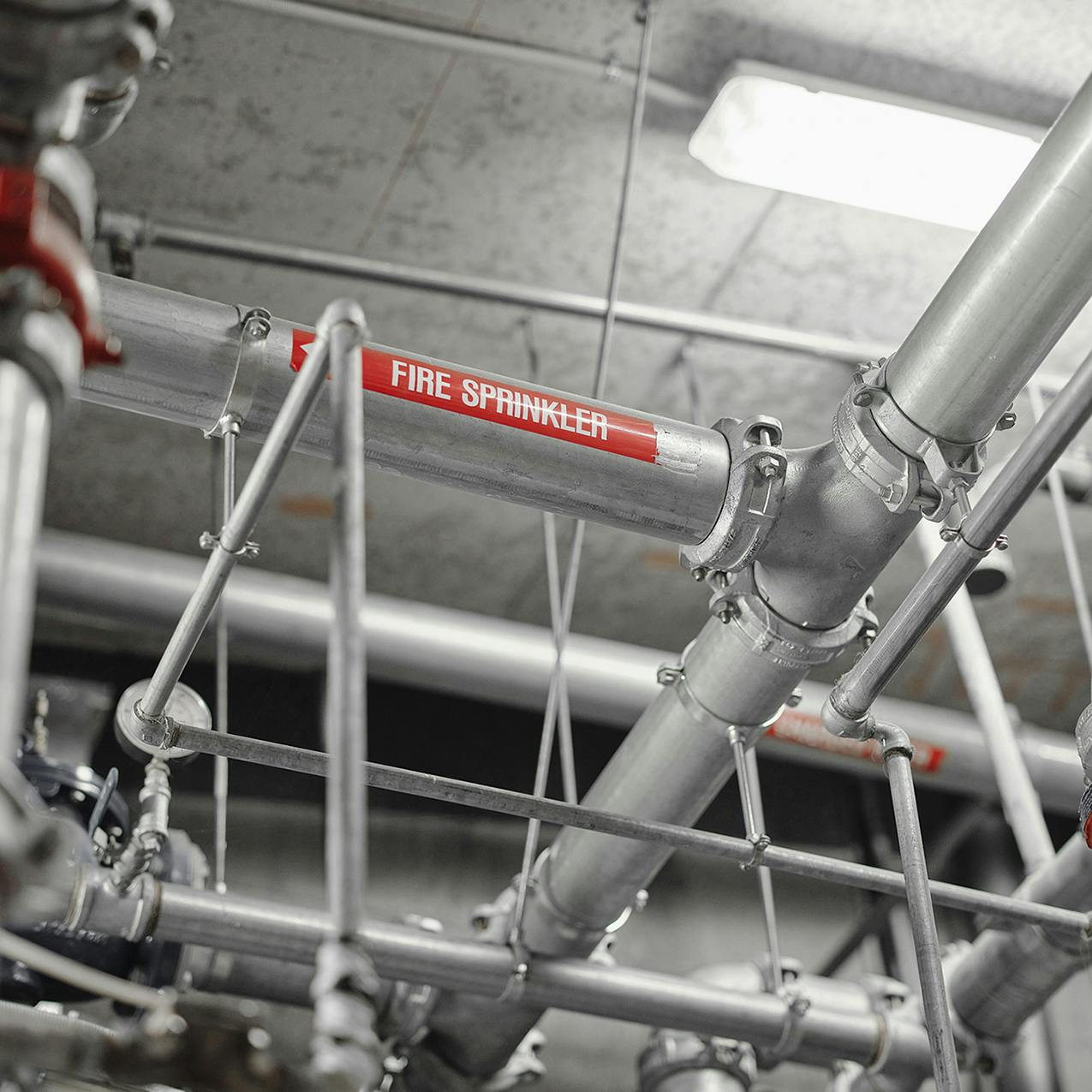The Biggest Design Challenges
Designing fire protection systems in large-scale facilities, such as warehouses or logistics centers, is a task that requires precise planning and consideration of many factors. According to data from the Main Headquarters of the State Fire Service, in 2023 there was a 15% increase in the number of fires in such facilities compared to the previous year. Therefore, it is fundamental to understand the specifics of these spaces and the challenges related to their fire protection.
Specifics of designing fire protection systems for large-area halls
Designing fire protection systems in large facilities requires taking into account their extensive surface area and specific conditions of use. High ceilings, open spaces and a variety of stored materials pose additional challenges when it comes to designing sprinkler systems. The key is the appropriate arrangement of sprinklers, which will ensure effective operation of the system in the event of a fire. It is also important to remember to integrate smoke detection, alarm and smoke extraction systems to ensure comprehensive protection. Another important aspect is the adaptation of the system to applicable regulations and standards that specify requirements for this type of facility. For example, in accordance with the regulation of the Minister of Internal Affairs and Administration of November 21, 2024, an obligation was introduced to appropriately mark the places where the fire separation wall connects with the external wall and with the roof in large-scale commercial, manufacturing and warehouse buildings.

High Ceilings, Open Spaces – Problems with Protection Efficiency
High ceilings and open spaces in large halls can affect the effectiveness of fire protection systems. Heat and smoke rise upwards. This can delay detection of fire by sensors installed at a high altitude. Therefore, it is important to use appropriate technologies, such as smoke detection systems with increased sensitivity or aspiration systems, which can detect the threat more quickly. Furthermore, sprinkler systems should be arranged in such a way as to provide uniform coverage of the entire surface, taking into account structural obstructions and the layout of equipment. It is also a good idea to consider the use of smoke extraction systems, which will help in the controlled removal of smoke and heat, improving the conditions for evacuation and the operation of emergency services.
How to deal with technological and spatial constraints?
To meet technological and spatial constraints in large-scale facilities, it is worth using modern solutions, such as water mist or gas extinguishing systems, which can be more effective under certain conditions. Integration of various fire safety systems, such as fire alarm systems, building automation or vision systems, can increase the effectiveness of protection. It is also important to regularly carry out technical inspections and maintenance of systems to ensure their reliable operation when needed. In addition, appropriate training of personnel in the use of fire protection systems and evacuation procedures is important to ensure the safety of facility users.
Designing fire protection systems in large-scale facilities is a complex task that requires taking into account the specifics of spaces such as high ceilings and open areas. The appropriate layout of sprinklers, integration of various safety systems and adaptation of solutions to applicable regulations are extremely important. Regular technical inspections and staff training are essential to maintain a high level of safety. In the face of the growing number of fires in such facilities, investment in modern and effective fire protection installations is becoming a priority for owners and managers of large-scale halls.
